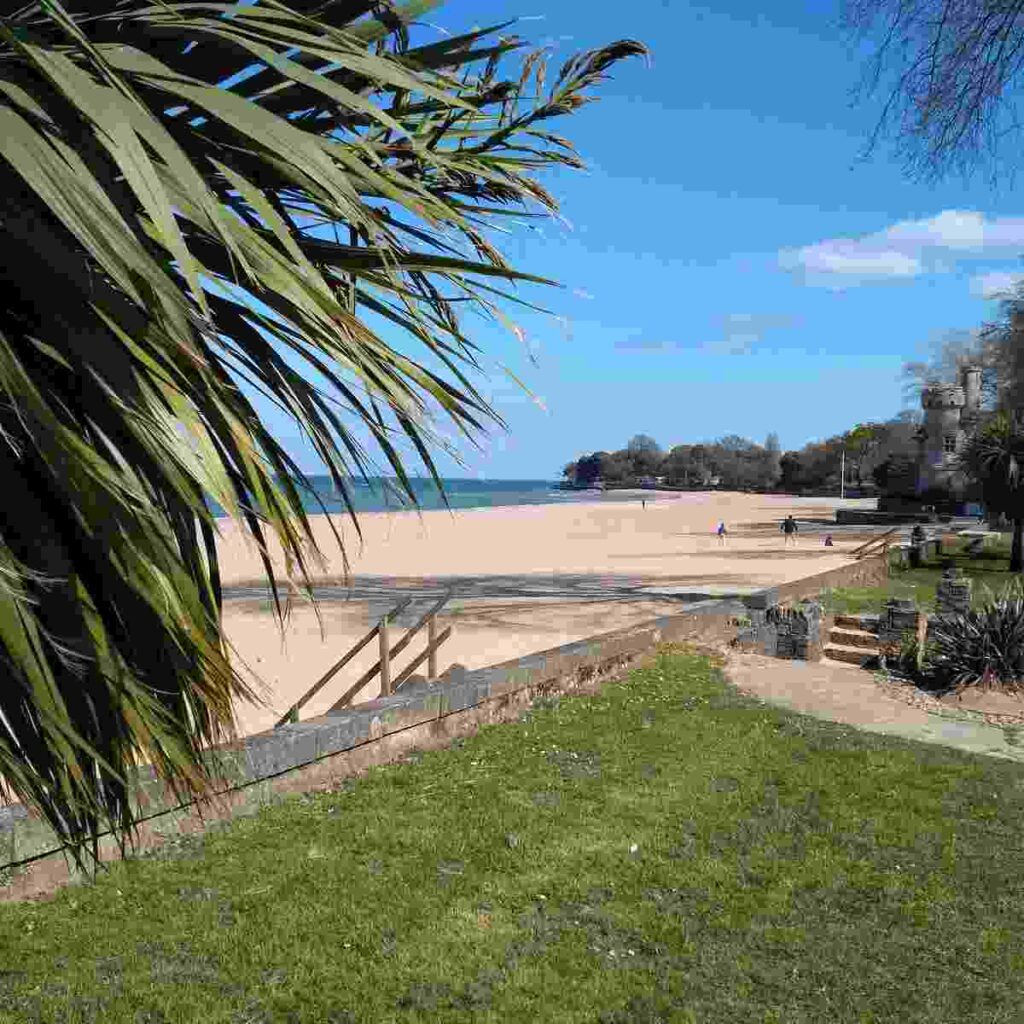Can I Make Money From a Travel Blog: A Comprehensive Guide
Embarking on the journey of starting a travel blog can be an exciting time. Whether you’re looking to share your travel experiences with family and friends or considering a full-time career in travel blogging, this guide is designed to help you navigate the process of creating, launching, and maintaining a successful travel blog.
This guide will offer step-by-step instructions on how to start a travel blog, how to make money from a travel blog, and how to promote a travel blog. By following these steps, you’ll be well on your way to becoming a bona fide travel blogger.
To be successful like popular Staycations In The UK Blog, you need to understand how to start a travel blog.
Step 1: Identifying Your Audience and Niche
When you’re laying the groundwork for your travel blog, the first thing you need to do is identify your target audience. Rather than aiming for a broad, general audience, it’s much more effective to cater to a specific niche.
Who will be reading your blog? What are their interests? Are they budget travellers or luxury travellers? Are they interested in adventure travel, cultural experiences, or food and drink?
Next, establish your niche within the travel blog landscape. This could be a specific region you’re an expert in, a unique style of traveling, or a focus on a particular aspect of travel. The key here is to find a balance between choosing a niche that you’re passionate about and one that has a sizable audience.
Step 2: Selecting a Blog Name and Purchasing a Domain
After identifying your audience and niche, you need to come up with a name for your travel blog. This name should be unique, memorable, and reflect your brand and niche. Avoid using confusing words, hyphens, or anything other than .com. Also, ensure that your chosen name is available across social platforms to maintain consistency.

Once you’ve chosen a name, you need to purchase a domain and set up hosting. A domain is the URL of your website, and hosting is the service that enables your website to be seen on the internet. There are various hosting services available, but one recommended option is Bluehost, which offers a free domain name registration when you sign up for hosting.
Step 2a: Purchasing Hosting and Installing WordPress
Once you have selected a domain name, the next step is to purchase web hosting and install WordPress. Web hosting is like renting space on the internet, where your blog’s data is stored and accessed by visitors. WordPress is a Content Management System (CMS) that allows you to create and manage your blog without any technical knowledge.
Several web hosting providers offer affordable plans, such as SiteGround and Bluehost. They provide user-friendly interfaces, excellent customer support, and automatic WordPress installation.
Step 3: Setting Up Your Blog on WordPress
WordPress.org is the most popular blogging platform and is highly recommended for its user-friendly interface and extensive customization options. Note that you should be using WordPress.org, not WordPress.com, as the former allows you to self-host your website, which is crucial for monetization.
Read:How To Make Money As A Freelancer On Fiverr
After signing up for hosting on Bluehost, you’ll be guided through the process of setting up WordPress. This includes choosing a theme, which is essentially the design and layout of your site, and installing essential plugins, which add functionality to your site.
Step 4: Customizing Your Blog
Now that you’ve got your blog set up, it’s time to customize it to reflect your brand. This includes choosing a theme, creating a logo and design that aligns with your brand, and optimizing the user experience of your site.
As you customize your site, consider how it will appear to your audience. Make sure it’s easy to navigate, visually appealing, and that the content is easy to find and read. Furthermore, ensure that your site is mobile-responsive, as a significant portion of web traffic comes from mobile devices.
Additionally, install essential plugins that can enhance the functionality and performance of your blog. Some recommended plugins include Yoast SEO for optimizing your site for search engines, Akismet Anti-Spam to manage spam comments, and Google Analytics to track your site’s traffic.
- Installing Essential WordPress Plugins
WordPress plugins enhance your blog’s functionality. They can help with SEO, speed optimization, spam protection, social media integration, and more. Here are some essential plugins for travel bloggers:
- Yoast SEO
: Helps optimize your blog posts for search engines.
- Akismet
: Protects your blog from spam comments.
- W3 Total Cache
: Improves your blog’s loading speed.
- WordFence
: Adds a layer of security to your blog.
- Jetpack
: Offers a suite of powerful features for security, performance, and site management.
For travel-specific features, consider plugins like Interactive World Maps, NextGEN Gallery, and TravelPayouts.
Step 6: Creating Content
With your website set up and customized, it’s time to start creating content. This is where you get to share your travel experiences, tips, and insights with your audience.
Aim to create high-quality, engaging, and useful content that will keep your audience coming back for more. This involves learning the basics of SEO (Search Engine Optimization) to ensure your content can be found by search engines and creating a content schedule to keep your blog updated regularly.
In addition to blog posts, consider creating other types of content such as videos, infographics, and photo essays. Also, remember to create a variety of content that caters to different segments of your audience.
Step 7: Promoting Your Blog

Growing your blog audience requires a multi-channel approach. Utilize social media platforms like Instagram, Facebook, Pinterest, and Twitter to promote your content. Engage with your followers, respond to comments, and build a community around your blog.
Search Engine Optimization (SEO) is another crucial aspect of building an audience. By optimizing your blog posts with relevant keywords, you can improve your visibility on search engine results and attract organic traffic.
Email marketing is another effective way to retain your audience. Encourage your readers to subscribe to your newsletter and keep them updated with your latest posts and travel adventures.
- Making Money From Your Travel Blog
Now comes the question, “Can I make money from a travel blog?” The answer is a resounding yes. There are several ways to monetize a travel blog:
- Affiliate Marketing
: Promote products or services on your blog and earn a commission for each sale made through your referral link.
- Google AdSense
: Display ads on your blog and earn revenue every time a visitor clicks on the ad.
- Sponsored Posts
: Collaborate with travel companies or brands who pay you to write about them on your blog.
- Selling Products
: Sell digital products like eBooks, travel guides, or courses on your blog.
- Offering Services
: Provide services like travel consultation, trip planning, or photography.
Remember that making money from a travel blog requires time, patience, and consistent effort. It may not happen overnight, but with dedication and hard work, your travel blog can undoubtedly become a profitable venture.
Read:Fun Things To Do In Margate
Step 9: Networking and Building Relationships
Building relationships with other bloggers, influencers, and brands in the travel industry can be hugely beneficial for your blog. Networking can open up opportunities for collaborations, sponsorships, and guest posting, all of which can help increase your blog’s visibility and credibility.
Consider attending blogging conferences, joining blogging communities, and reaching out to other bloggers for advice and collaborations. Not only can this help you learn more about blogging, but it can also provide valuable opportunities for growth.
Step 10: Consistency and Persistence
One of the keys to success in blogging is consistency. This means regularly creating and publishing high-quality content, engaging with your audience, and continually learning and improving.
Remember, building a successful travel blog takes time and effort. Don’t be discouraged if you don’t see immediate results. Stay focused, be patient, and keep working towards your goals.
Step 11: Continual Learning and Improvement
Finally, always be open to learning and improving. The world of blogging is constantly evolving, and what works today might not work tomorrow. Stay up to date with the latest blogging trends, SEO strategies, and social media algorithms. Continually test, learn, and improve your strategies to keep your blog growing and thriving.
Starting a travel blog can be a challenging yet rewarding endeavour. It requires passion, hard work, and a willingness to learn and adapt. But with the right approach and mindset, you can turn your love for travel into a successful blog and potentially a full-time career. Happy blogging!
Step 12: Promoting Your Blog On Social Media Is Important
Promoting a blog on social media is very important and that is why we are looking at this again. To get people to notice your blog it is important to use all the big social media platforms as well as the small ones.
Social media platforms are powerful tools for promoting your travel blog and engaging with your audience. Platforms like Instagram and Pinterest are particularly popular among travel bloggers due to their visual focus. Regularly posting engaging photos, stories, and updates can help attract followers and drive traffic to your blog.
Always keep an eye out for new social media platforms to promote your blog on.


